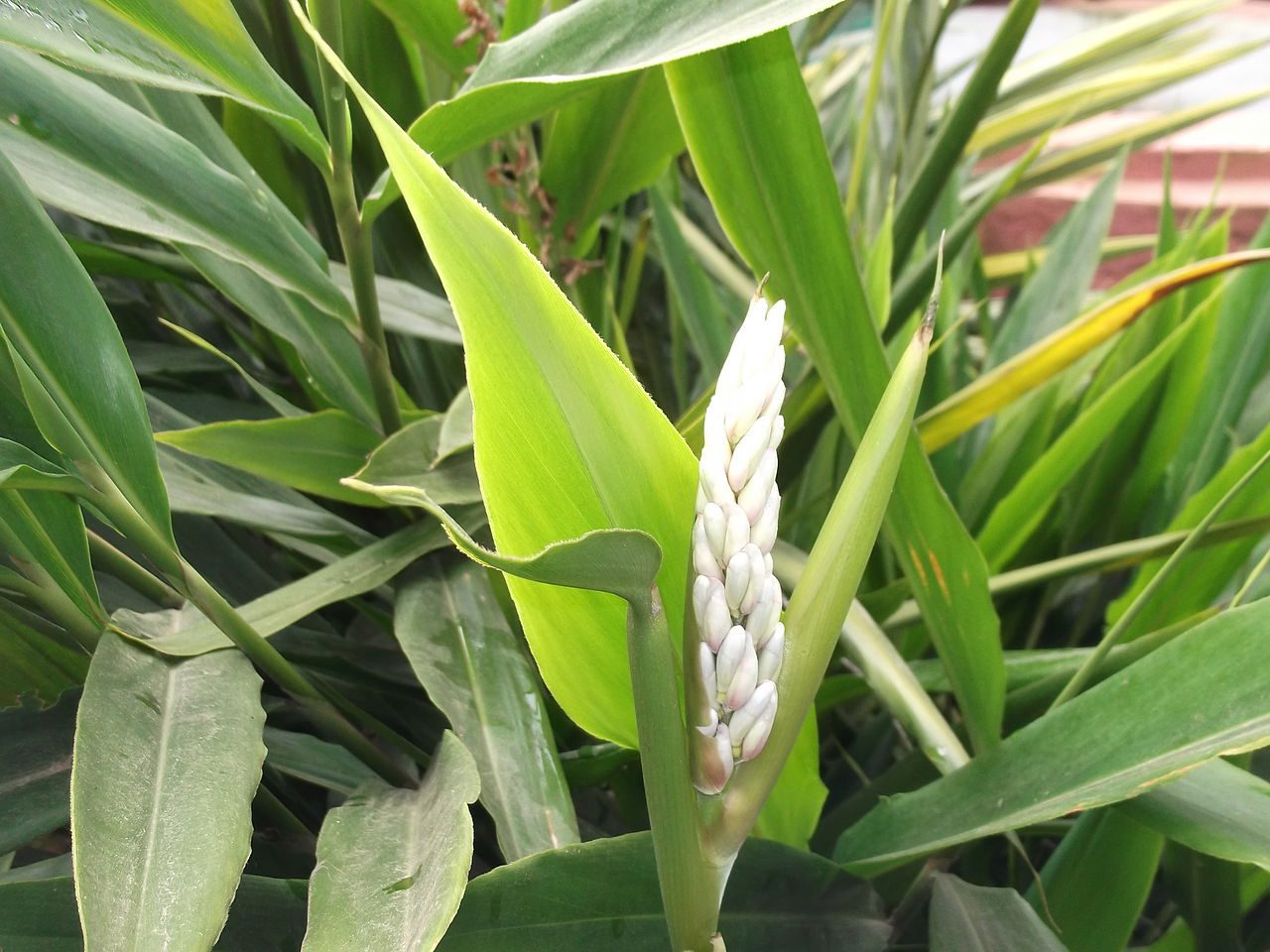
Galangal
Galangal root has antiseptic and antiviral properties, and it also increases circulation, which makes it useful in topical preparations such as Bloodroot Salve. The botanical name is Alpinia officinarum, and it is a member of the ginger family. It is also known as lesser galangal.
Background
Both the herb and the name originated in China, but it is mainly found in Southeast Asia. Galangal is a food flavoring and spice used in recipes across Thailand, Indonesia, and Malaysia. It has also been recognized for its medicinal properties since ancient times, especially in the Middle East and India. The galangal plant is imported in significant quantities to Europe for its medicinal properties and culinary use. There are four main types of galangal plants: greater galangal, lesser galangal, sand ginger, and Chinese ginger. It can grow several feet high, with long leaves and reddish-white flowers.
Uses
Beyond everyday use as a flavoring, aromatic stimulant, carminative, and traditional use to treat children’s respiratory complaints, galangal species show promise as antifungals, hypotensives, and enhancers of sperm count and motility. Antitumor and anti-dementia effects have been observed in rodents. Galanga contains a greenish-yellow volatile oil containing cineol, eugenol, sesquiterpenes, isomers of cadinene, a resin containing galangol, kaempferide, galangin, as well as starch, and other constituents. Recent studies reveal several flavonoids. (Source) Dried galangal root, also known as Gao Liang Jiang herb, is the most important raw material in the famous Chinese medicine of Ertianyou balm, universal oil, menthocamphorate (cooling oil), and Tiger balm. A 100% decoction of galangal root shows antibacterial effects on Bacillus anthracis, hemolytic streptococcus, diphtheria, diphtheroid bacilli, pneumococcus, staphylococcus aureus, Staphylococcus, and other gram-positive bacteria. (Source)
